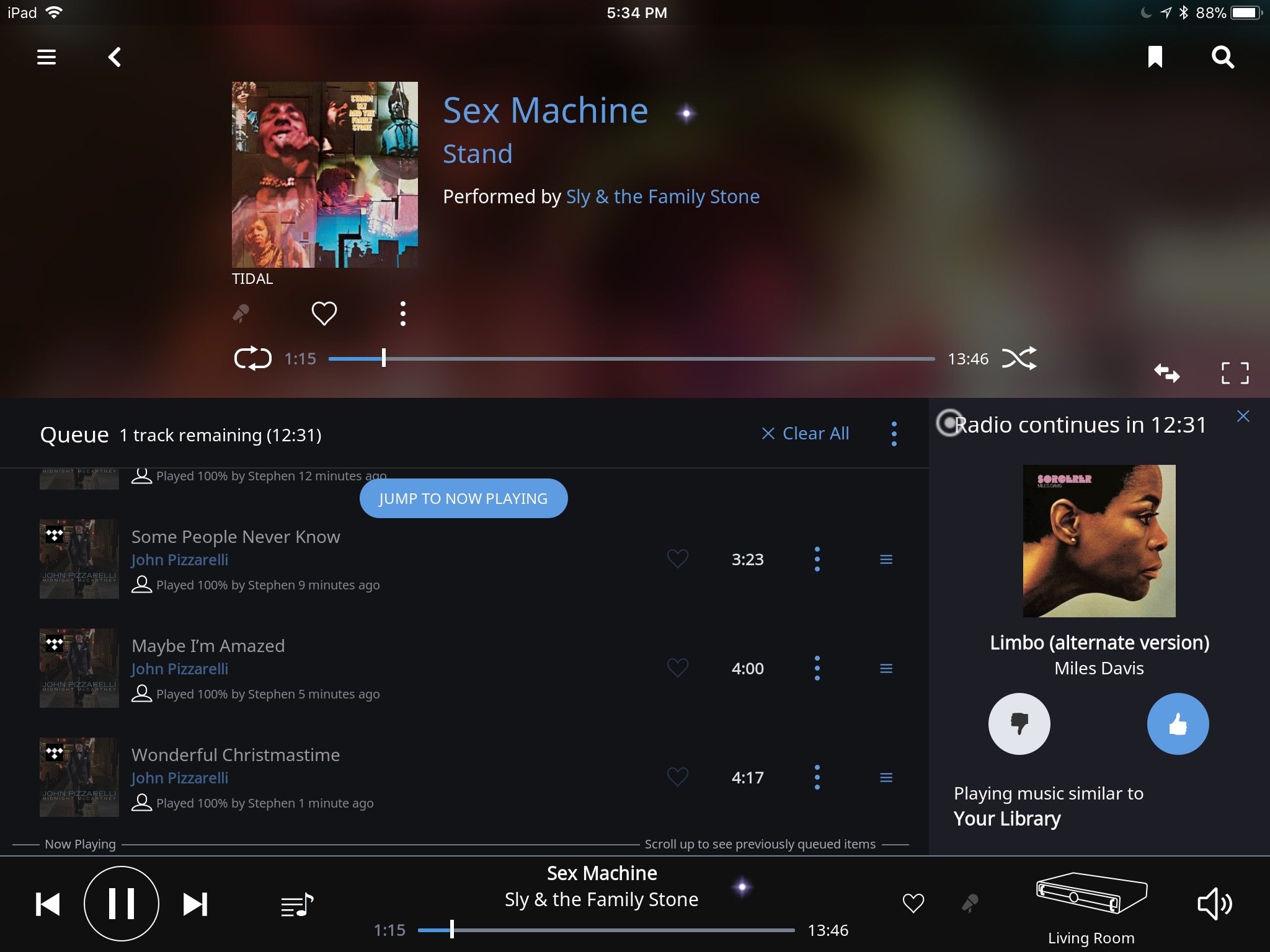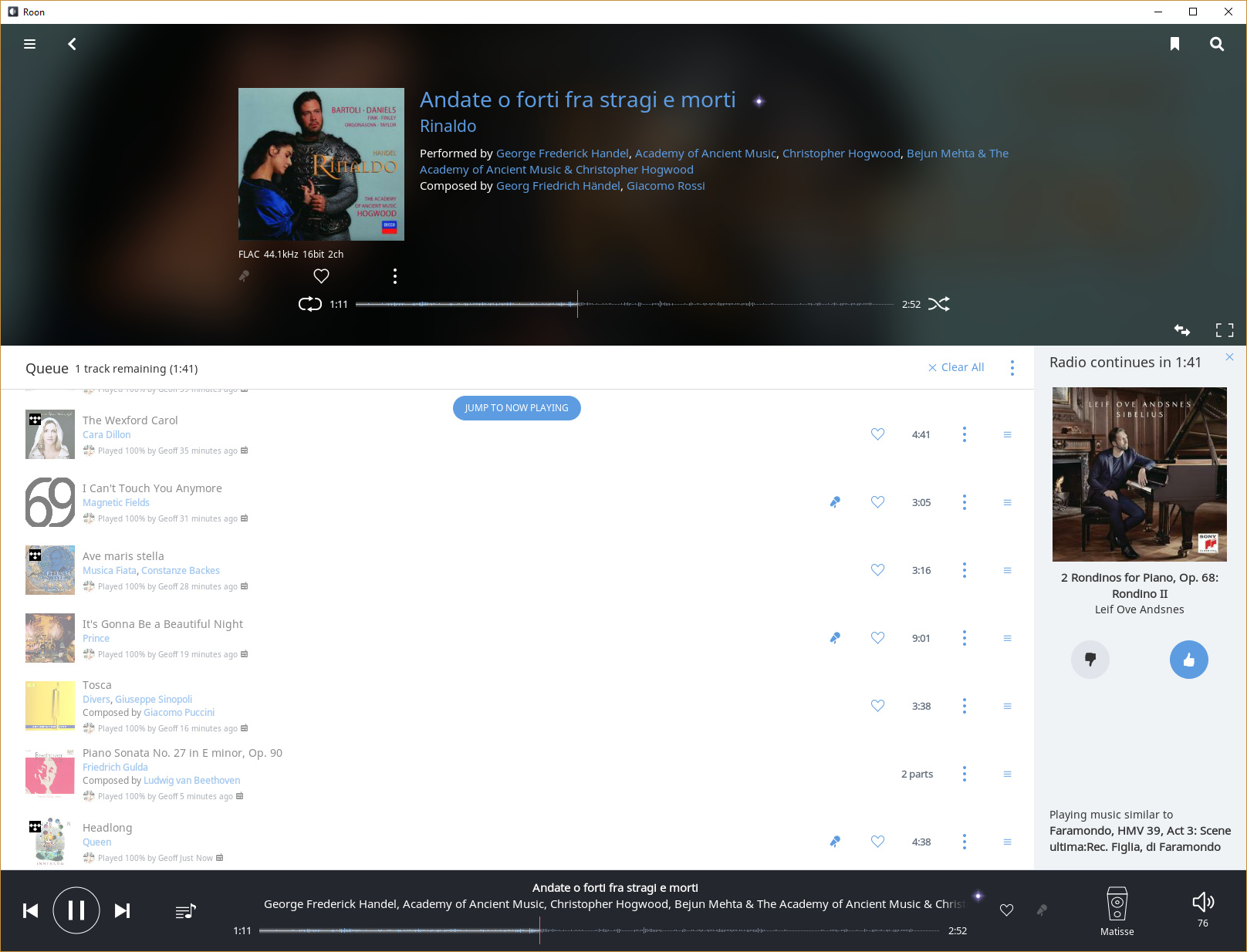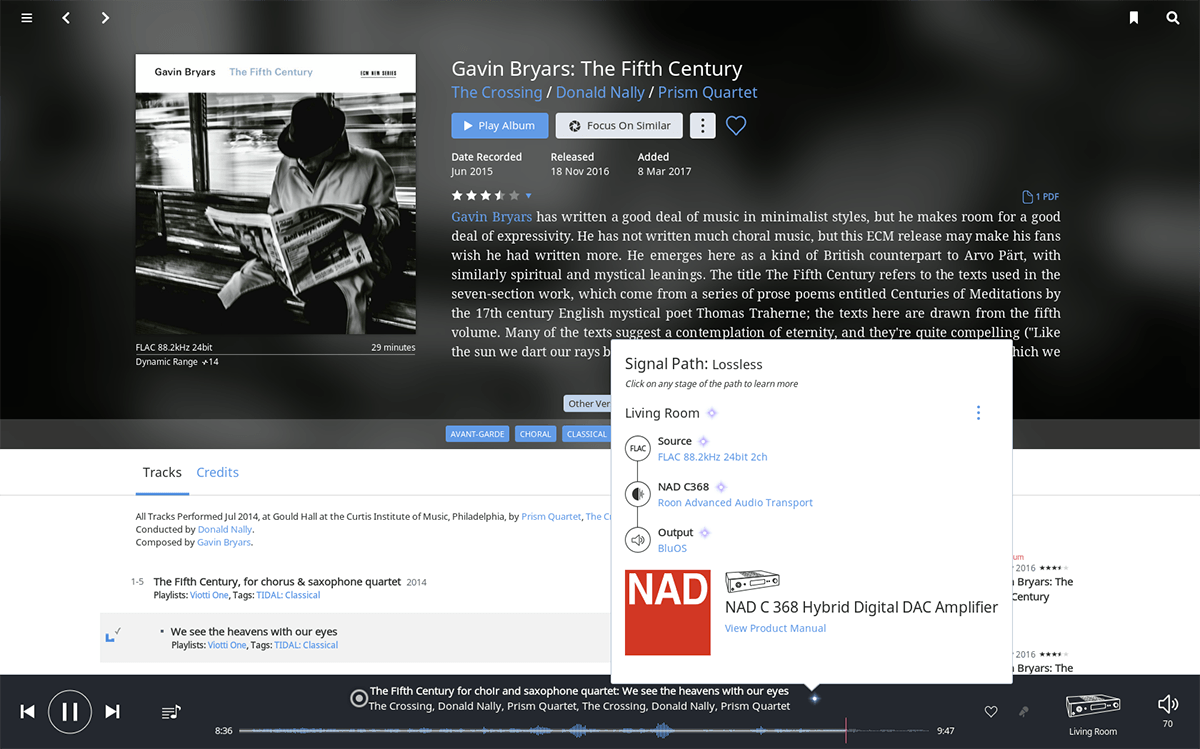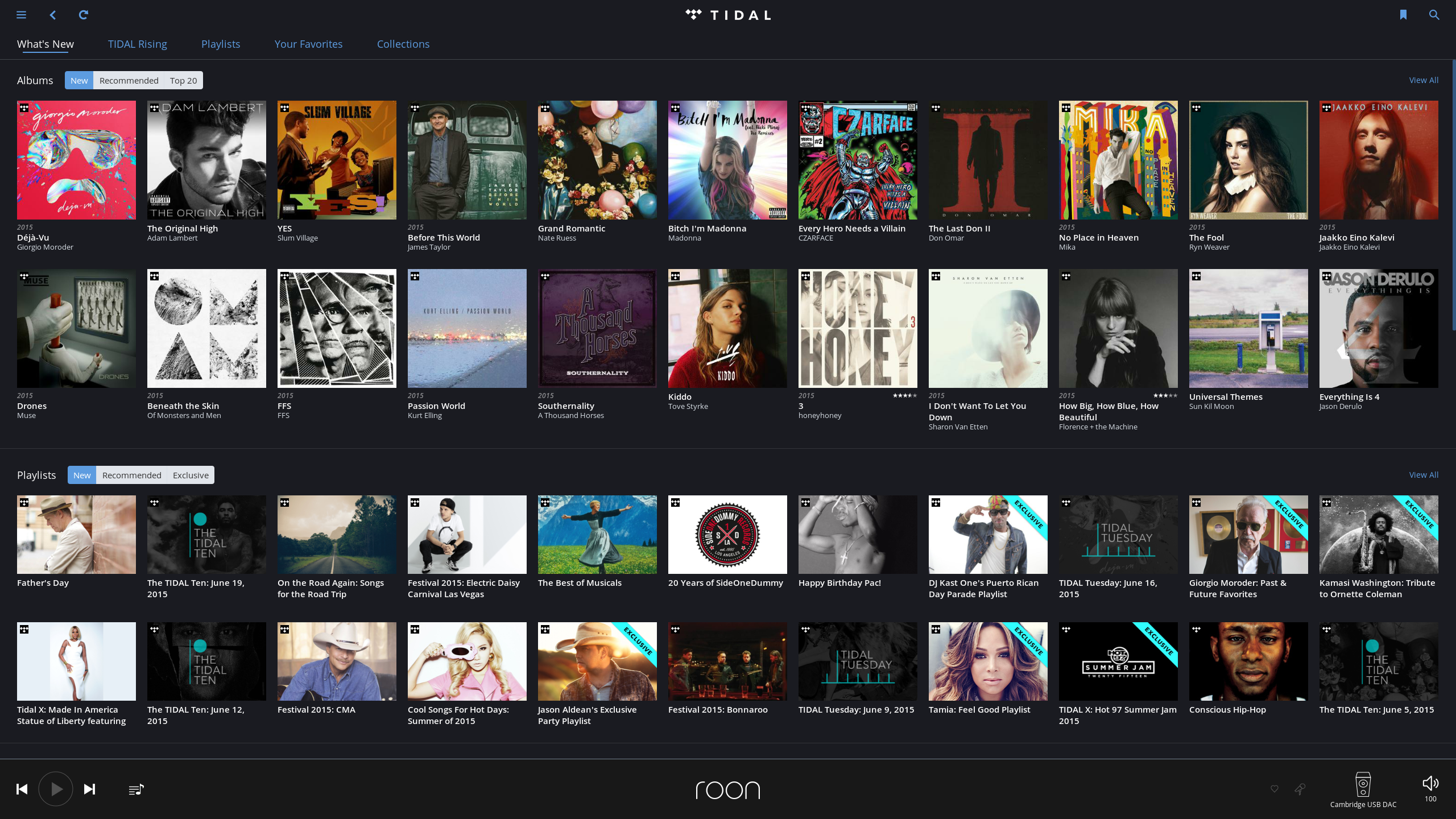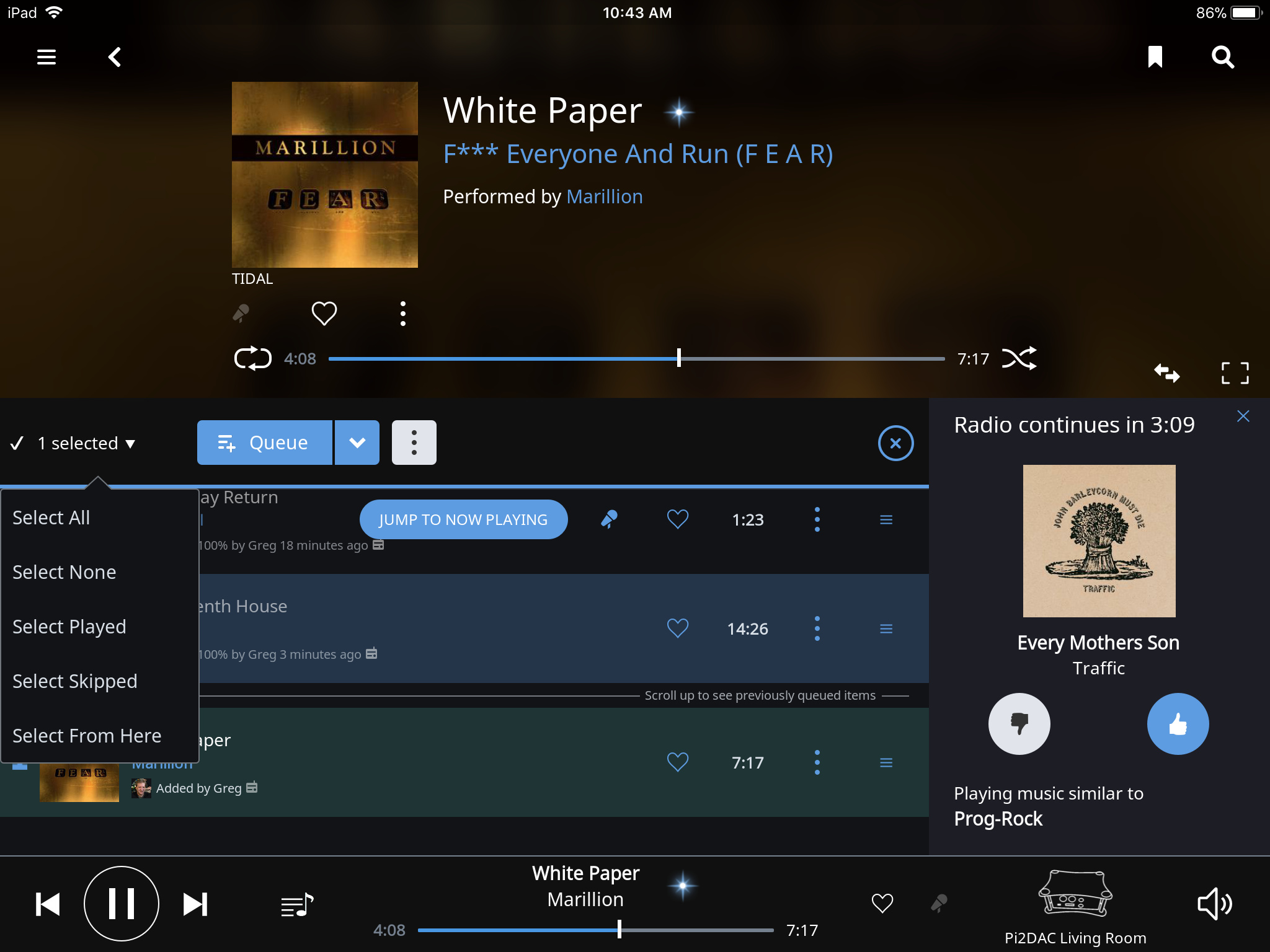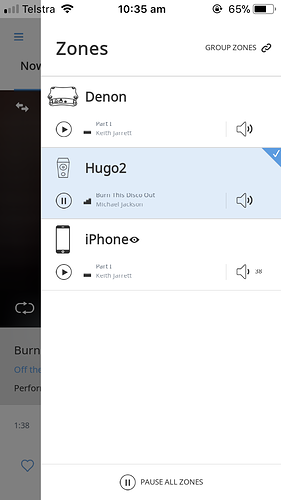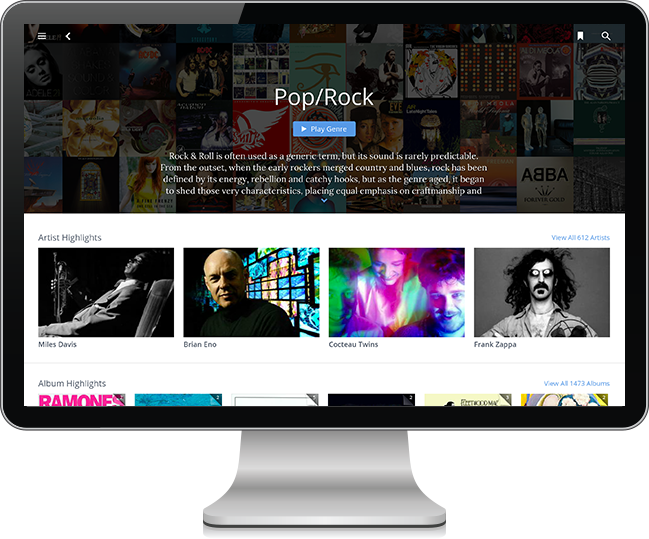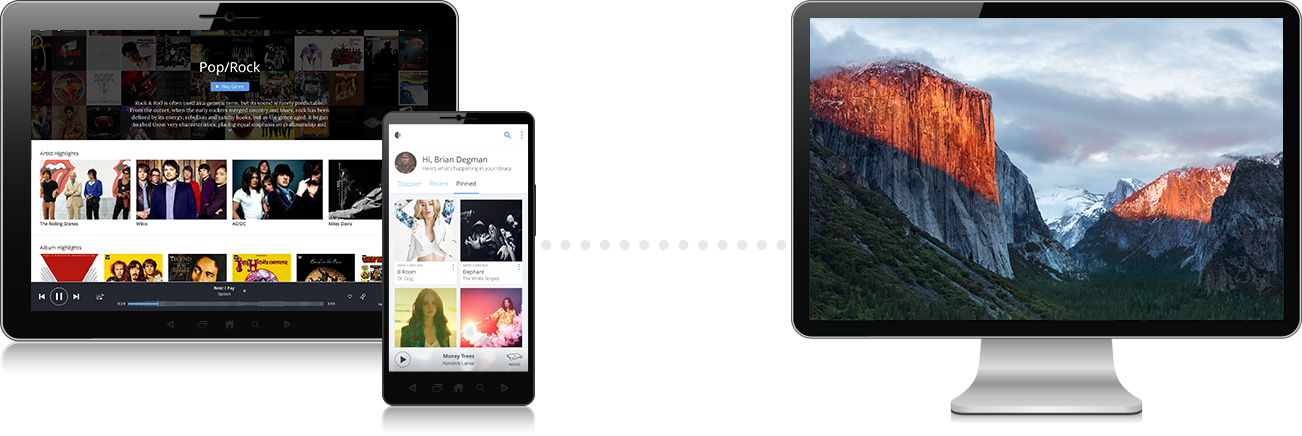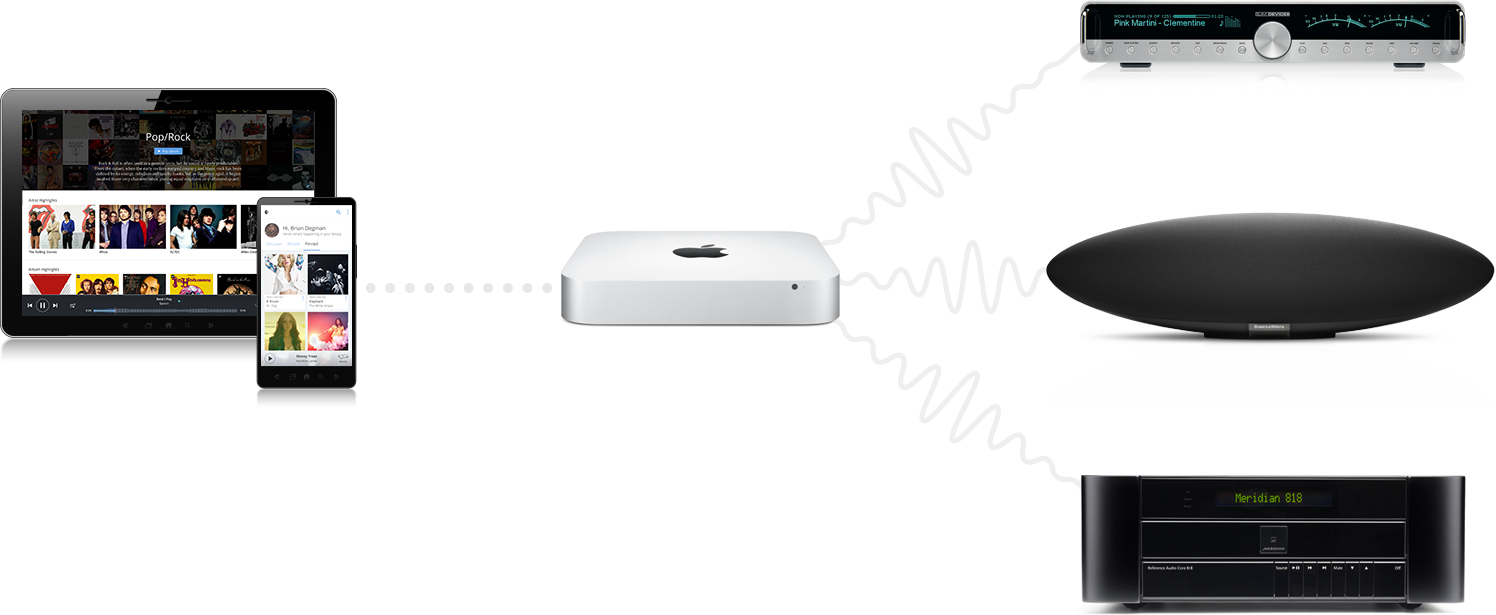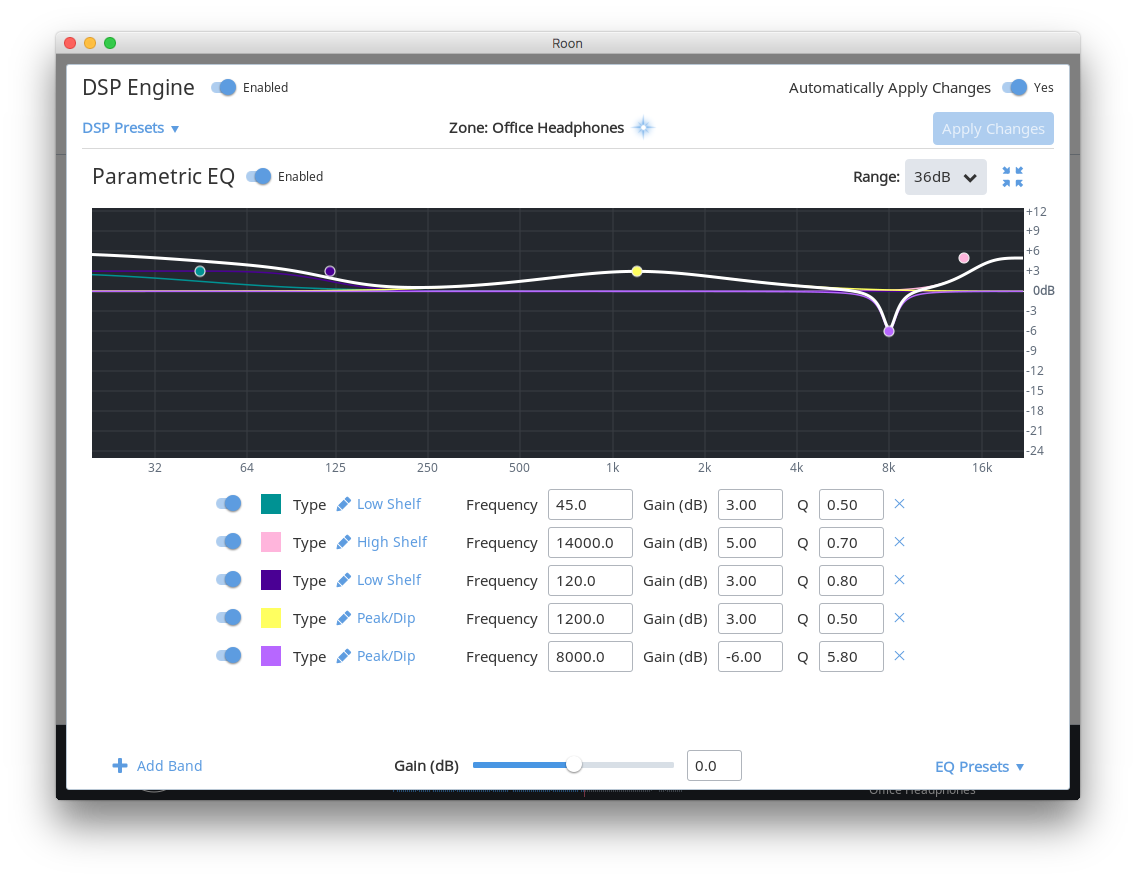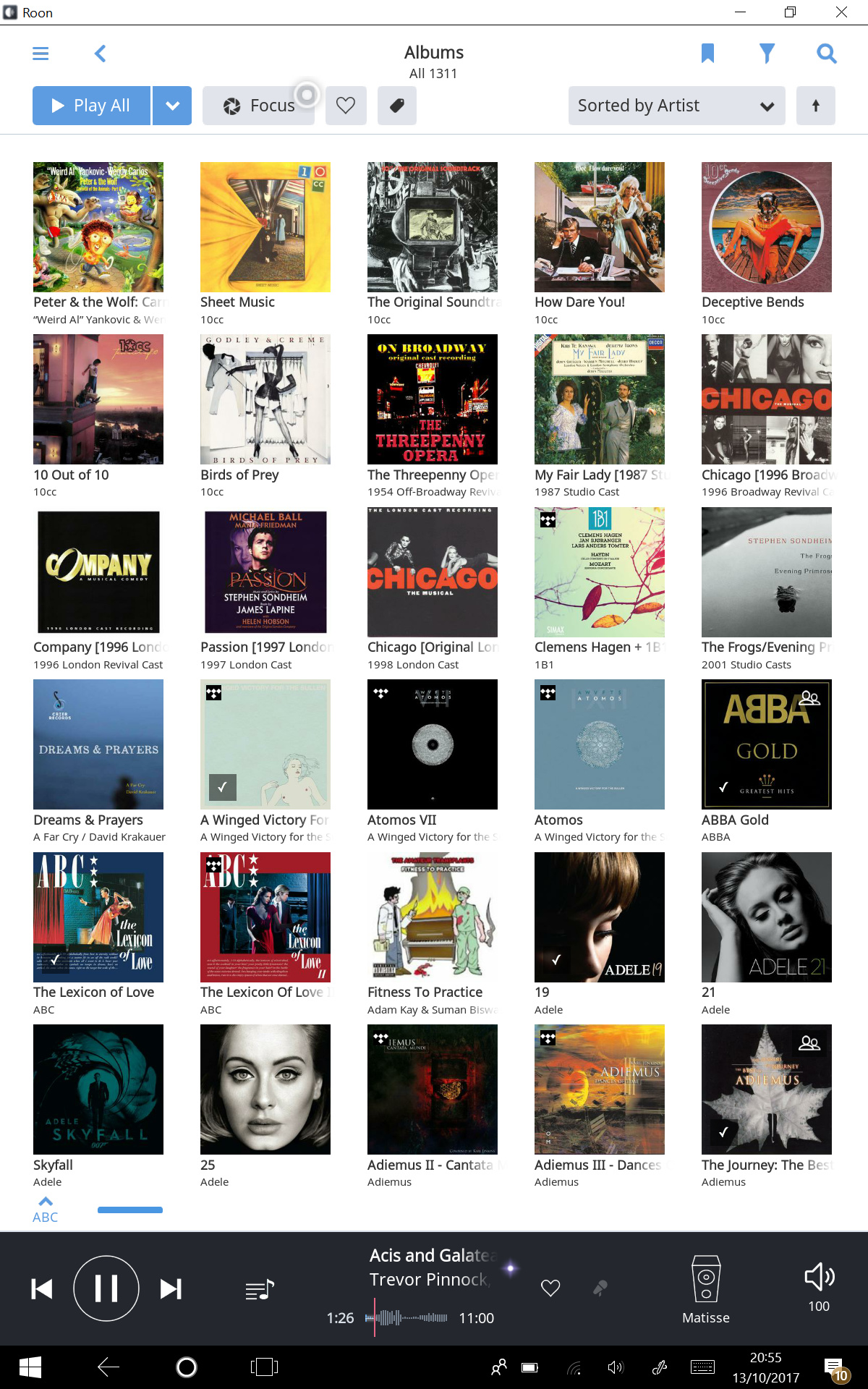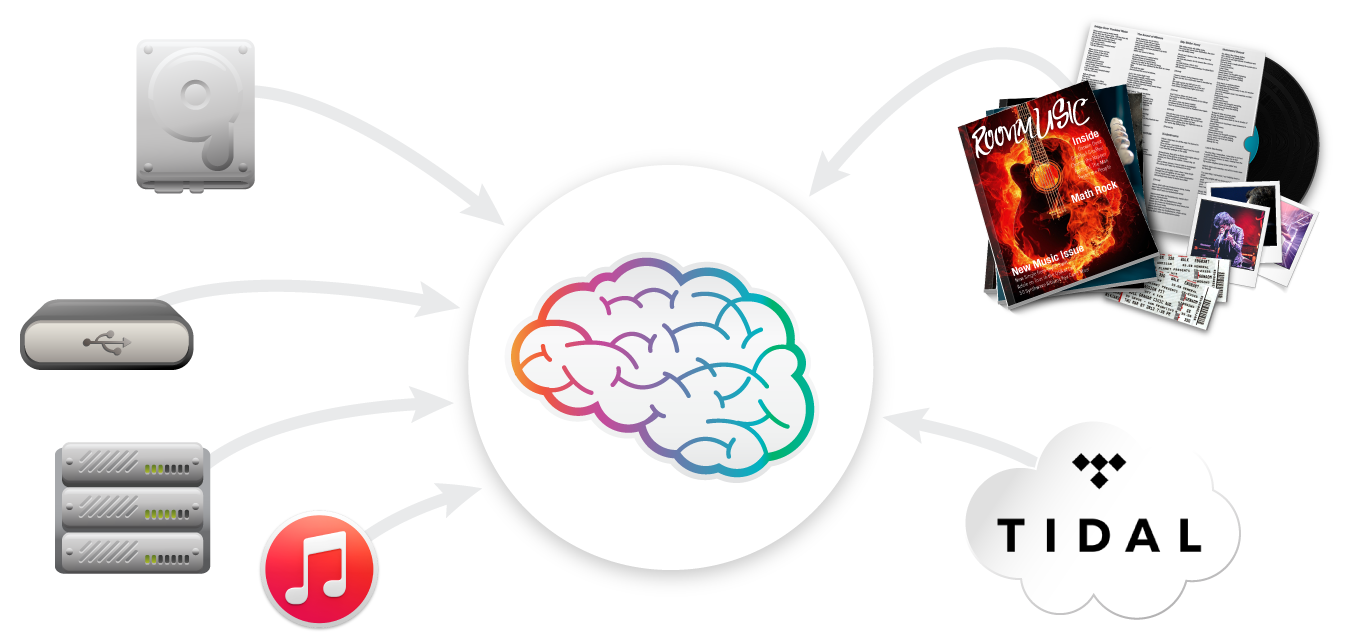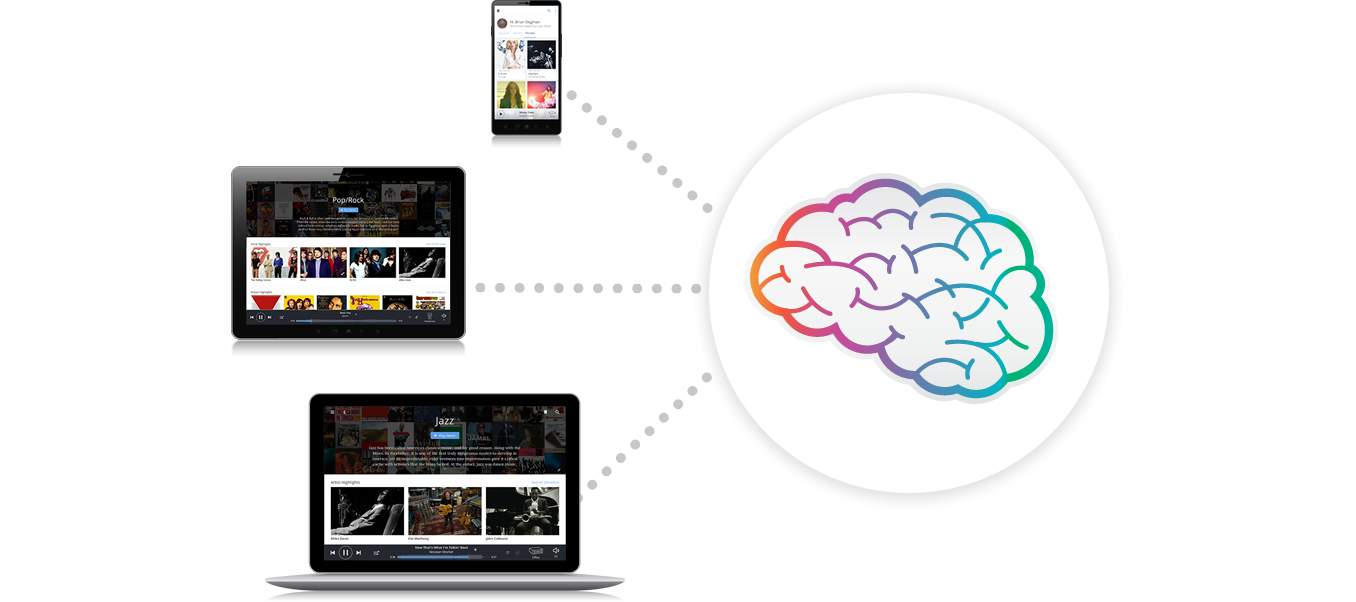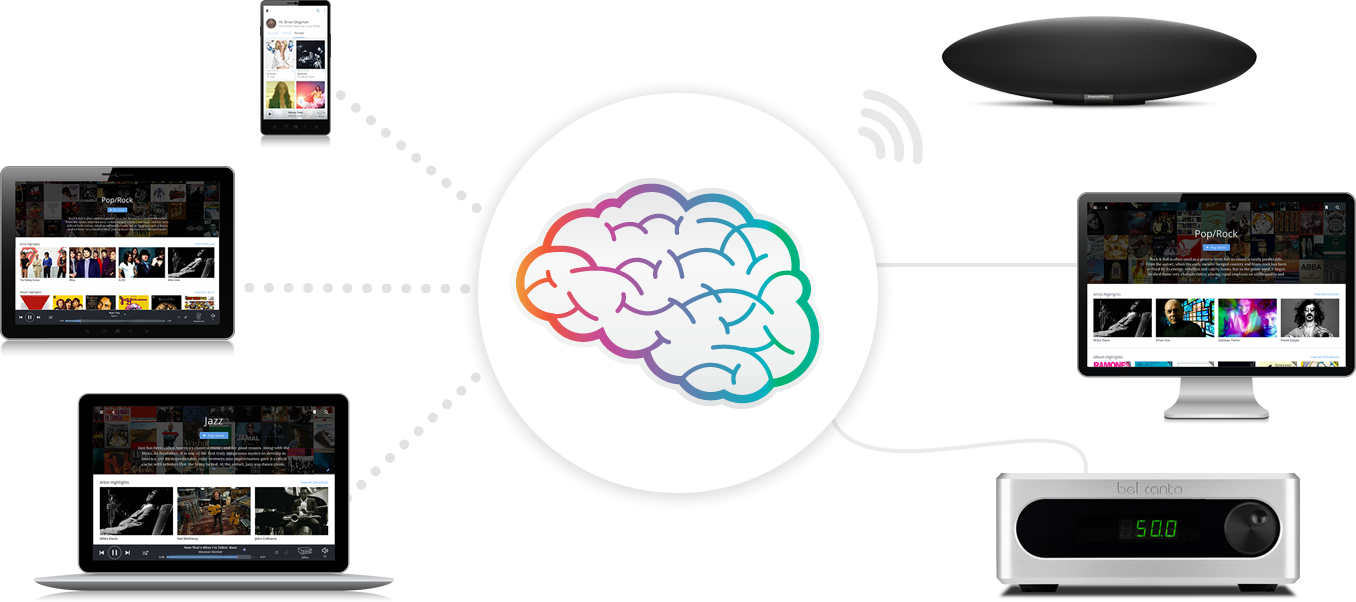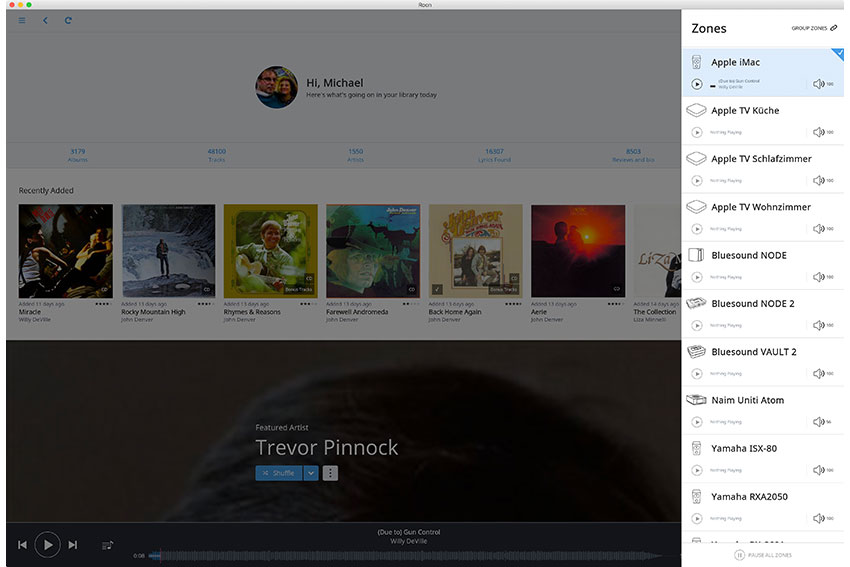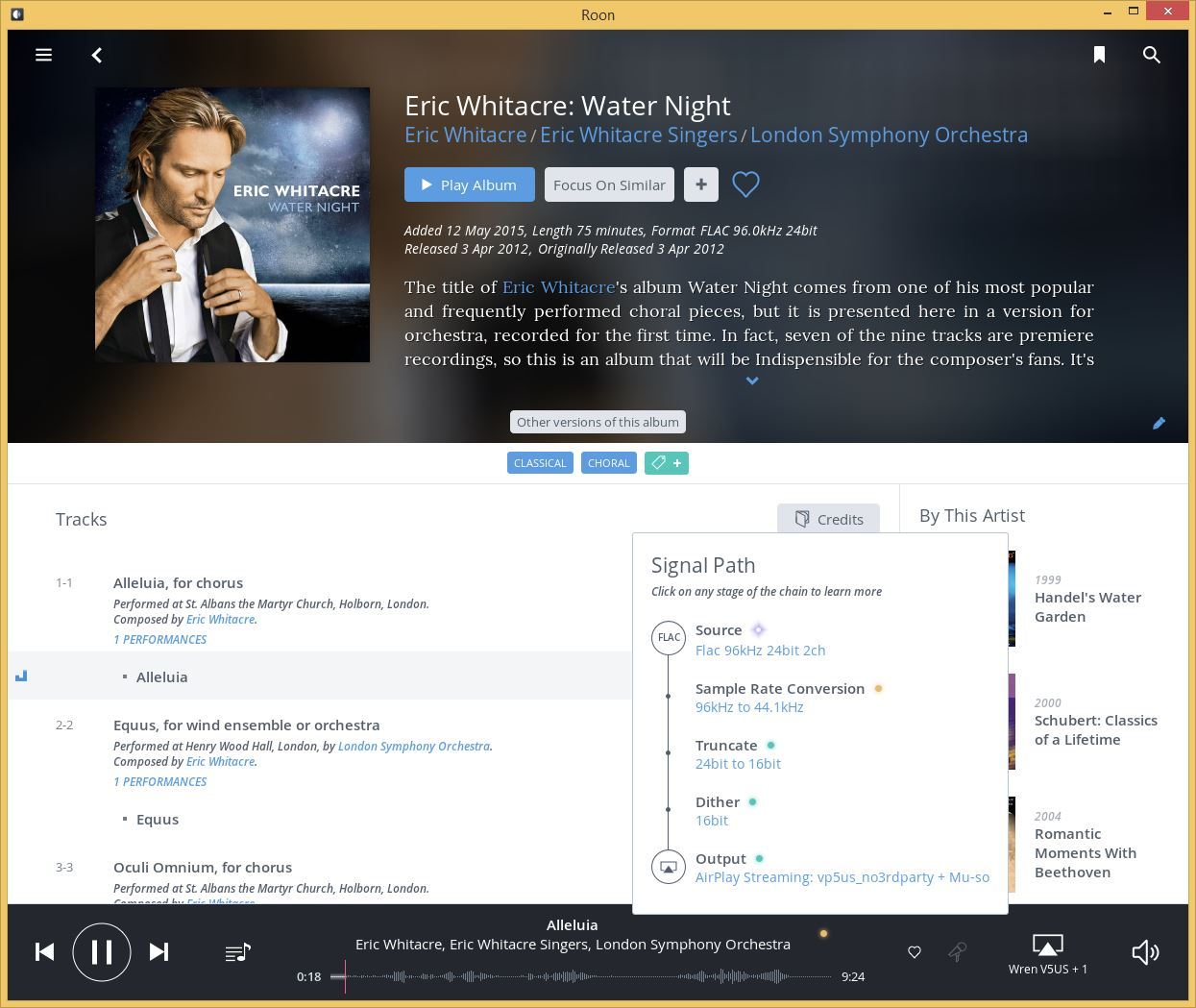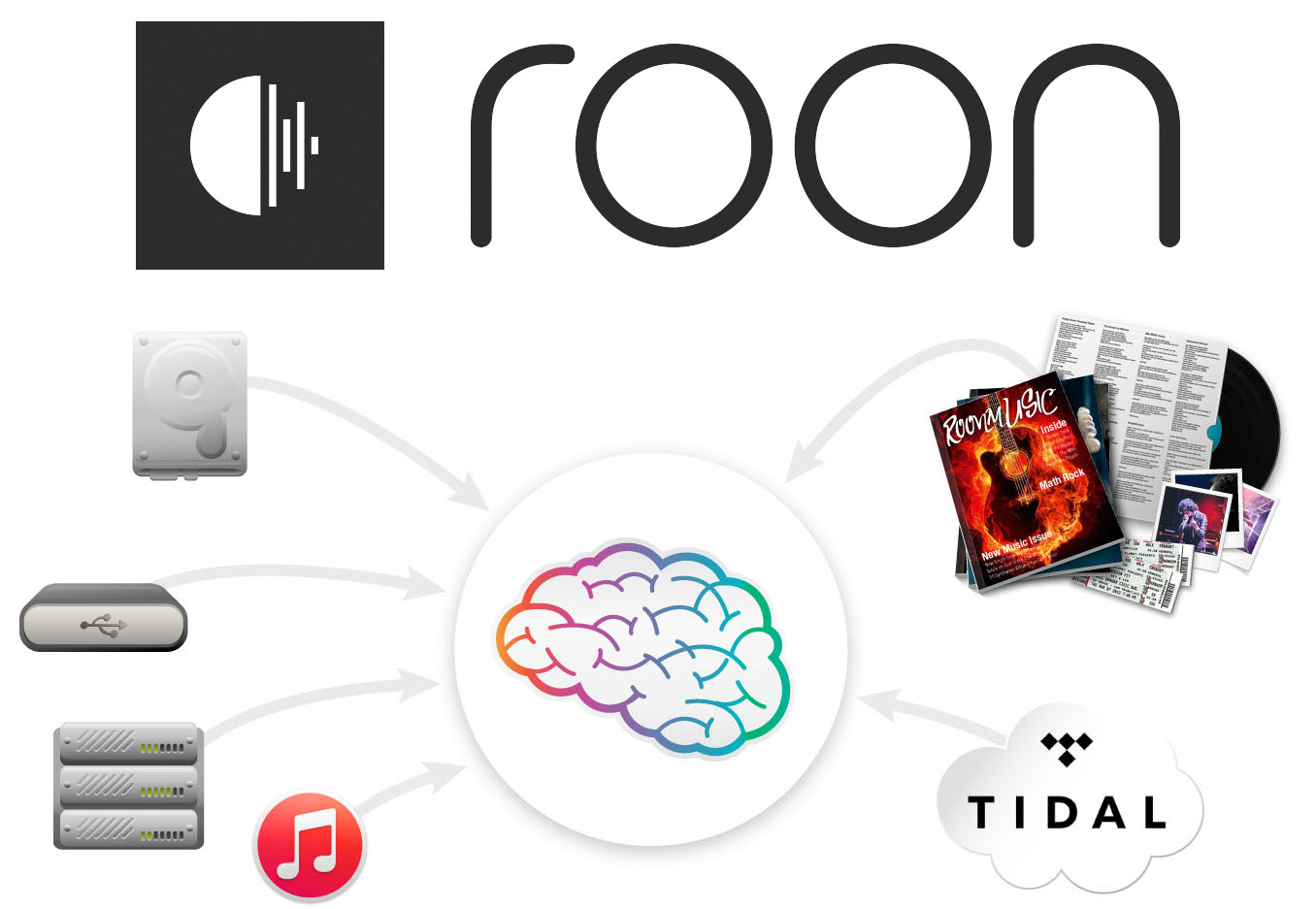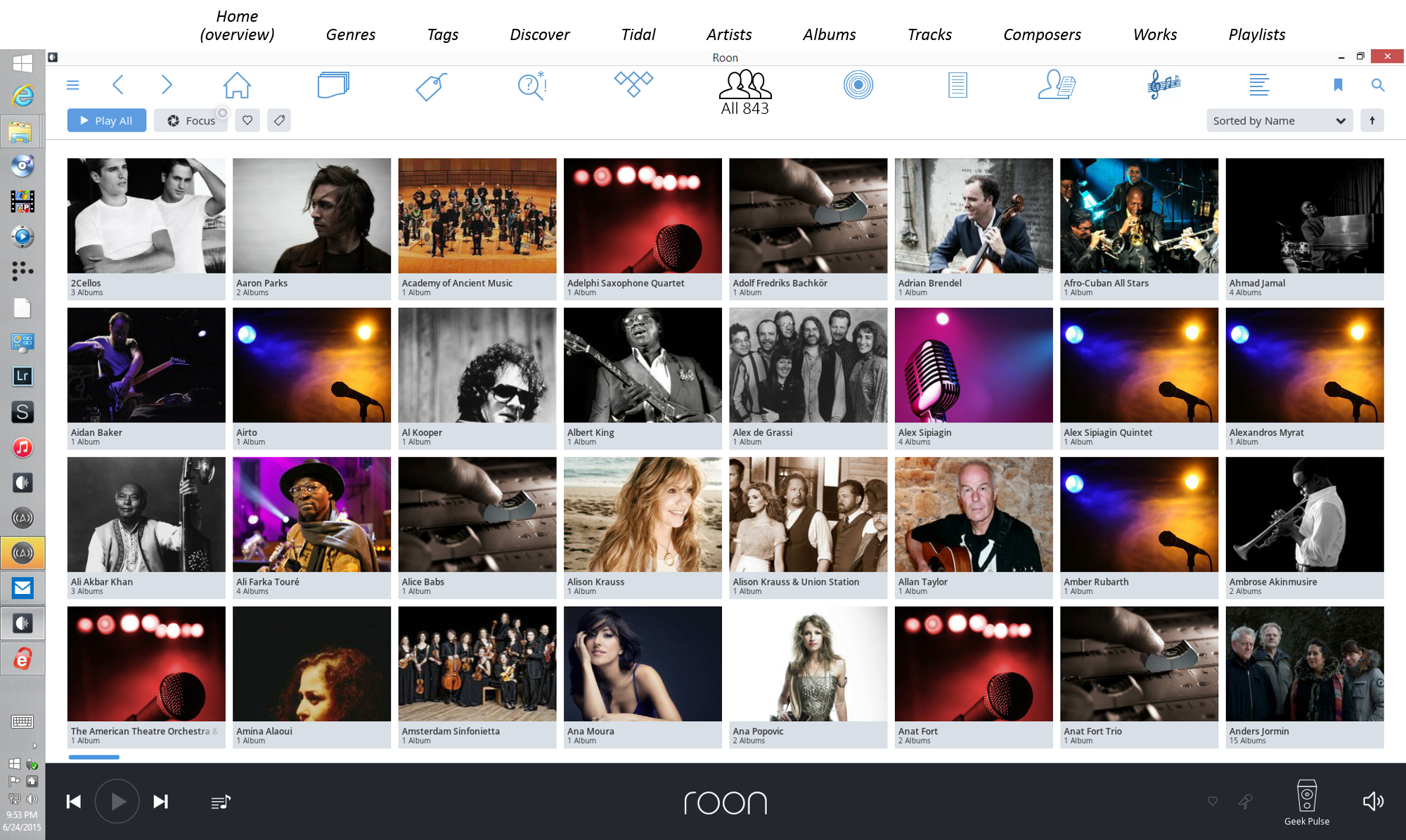

Even if the record is successful and hi-fi fans continue to buy CDs diligently - digital and data storage-free music enjoyment is definitely the future. And for various reasons: Today, the inclined audiophile can download high-resolution music with a quality potential that is far beyond the possibilities of a CD. At the same time, we offer streaming platforms Spotify and Tidal with their subscription models, a convenient and successful alternative to hoarding data carriers at home.
Unfortunately, this goes hand in hand with a certain loss of closeness to one's own music collection. In the past, you blindly reached into the shelf and pulled out the desired CD, today you desperately rummage through the various hard drives. But this is exactly where the makers of the successful ROON software package come in. ROON brings together the various storage locations and even streaming titles from Tidal in a single database and presents them clearly and enriched with numerous additional information. Since ROON has also been geared towards the best possible sound quality from the start, the company has quickly made a name for itself in the global hi-fi scene despite the high prices (US $ 199.00 per year or one-time US $ 499.00) .
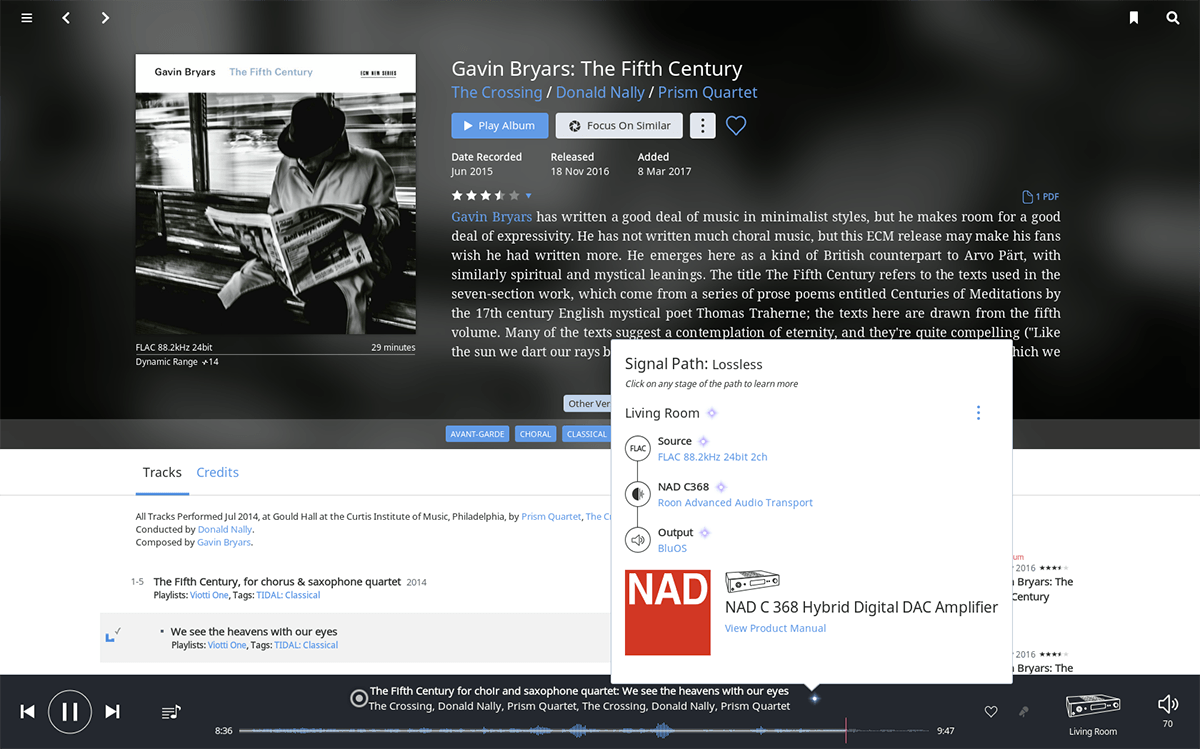
This is certainly not least due to the fact that ROON compensates for perhaps the biggest disadvantage of collecting non-material music: suddenly rummaging through your own music collection is fun again. The presentation is nicely done and extremely clear, operation, control and search are extremely quick. For practically every artist or album (with the exception of a few exotic or self-made collections) there is also a large amount of additional information stored that goes far beyond the usual database of artist, album, genre, etc. There are even extensive background articles for many artists, enriched with pictures, biographical data, news and information about upcoming concerts.
In addition to the actual artist, other contributors to the recording are usually also recorded in the database, from the composer and conductor to the producer and sometimes even the sound engineer to individual musicians. All of this information is networked with one another within the database, so that you can easily lose yourself rummaging through your own music collection. Who else is playing the solo in Lenny Kravitz's Always On The Run? Right, a certain Saul Hudson, rock fans better known as Slash. He became famous with Guns 'n' Roses, but also appeared again and again as a guest musician, together with musicians as diverse as Michael Jackson, Ray Charles, Rihanna or Paulina Rubio. Sure, you can read things like that on Wikipedia, but with Roon you can listen to the corresponding music examples right away. And even if the respective pieces cannot be found in your own collection. Because ROON can integrate the Tidal range into the database if required. Provided you have your own Tidal account, the user has a virtually infinite amount of music at his disposal, which seamlessly combines the best possible sound quality of hires files with the convenient streaming experience if required.
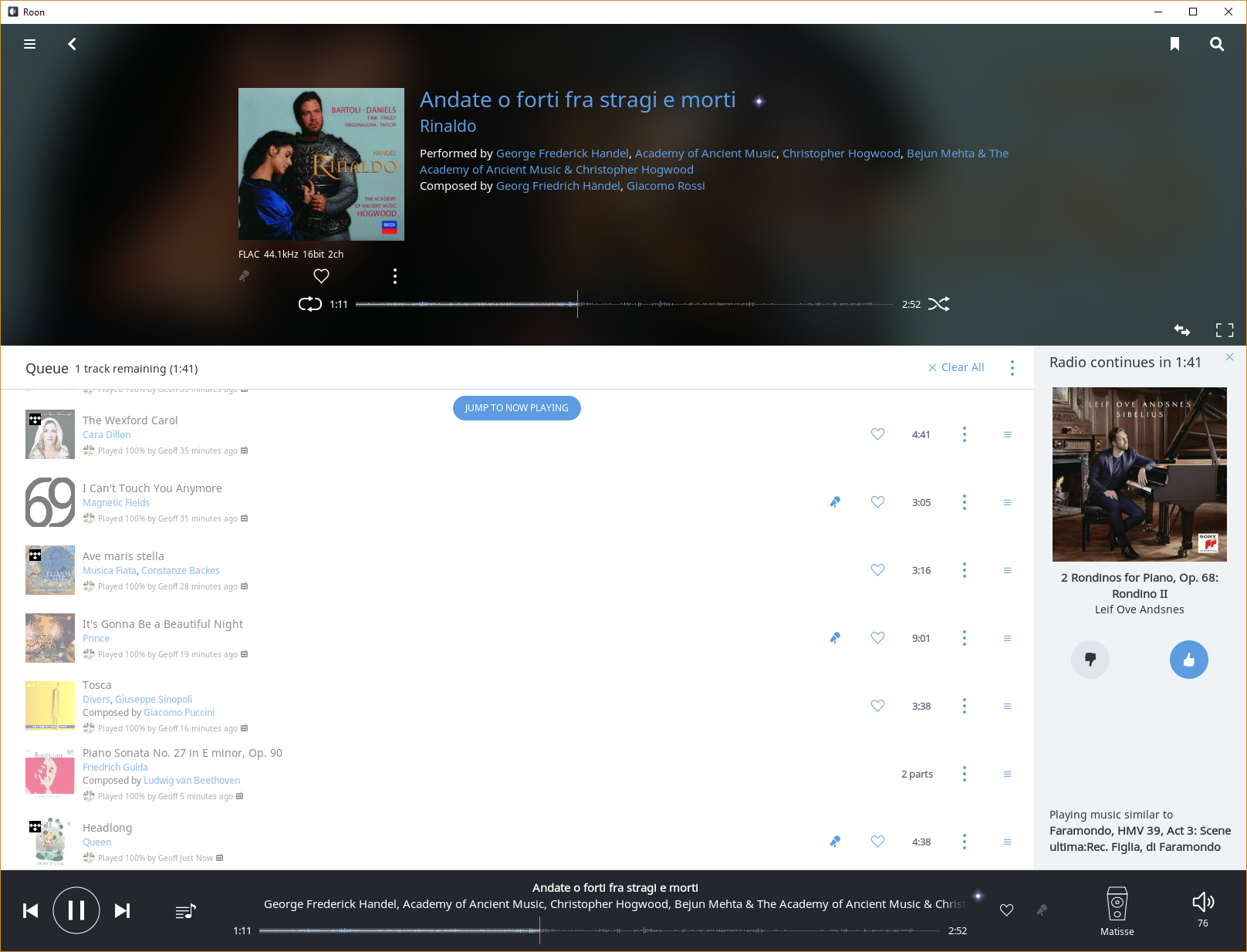
The ROON experience is rounded off by the so-called FOCUS function. Behind this is a powerful, but easy-to-use search and sorting tool with which you can search your own collection for specific artists, genres, file formats or recording qualities with just a few clicks of the mouse.
You can read more about the use of ROON in the following tests, for example:
MODERNHIFI - Roon put to the test
HIFISTATEMENT - Roon in the test part 1 and part 2
In order for this to work, ROON naturally had to invest many thousands of developer hours into the software. The so-called core always forms the core of a ROON system. This is the server application that runs either on a PC or Mac, on servers from other manufacturers (such as Innous or ELAC) or on the announced ROON-owned server called Nucleus. Regardless of where Roon is installed in order to be able to use it, you always need a Roon membership.
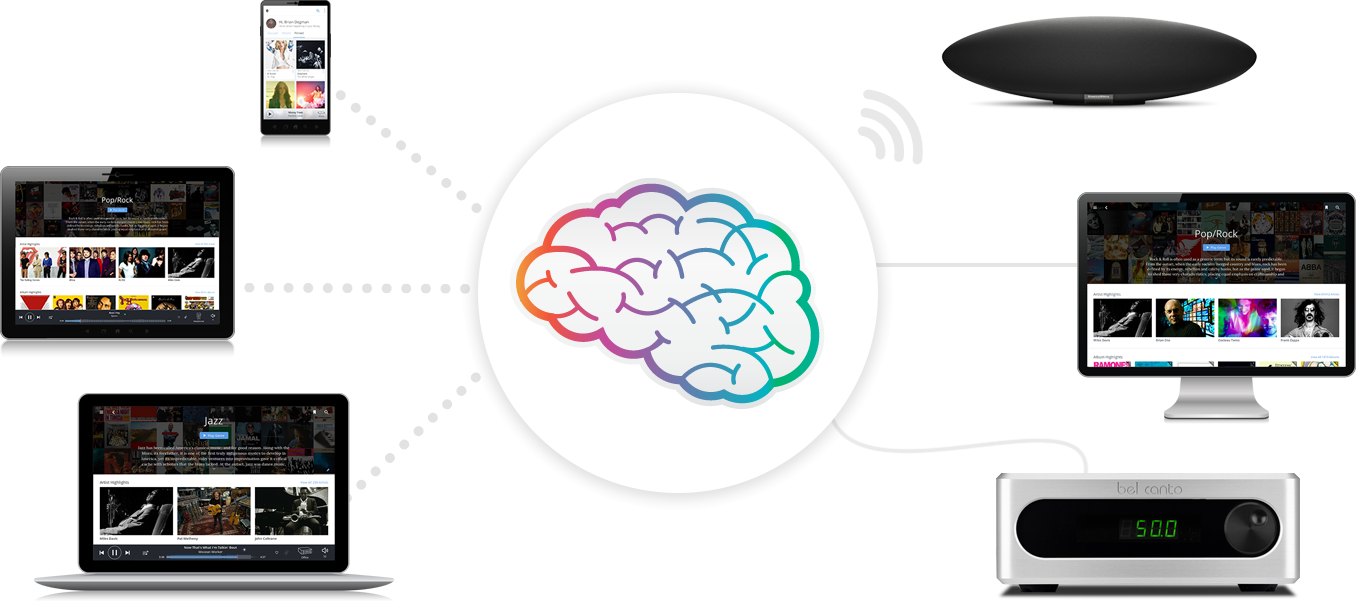
If you use ROON on the PC or MAC, you can build a digital music system around the computer. All you need is a corresponding D / A converter and a pair of active boxes, management, control and storage are then carried out via the computer. Other storage locations in the network are simply integrated into the same database, and Tidal content can be heard via the computer's Internet connection.
As an alternative or in addition to this, numerous so-called "ROON READY" devices can also be connected via the network. These can be addressed directly by ROON and expand your own system into a flexible multiroom system. The most interesting ROON-READY devices include the complete product range from Bluesound , devices from NAD equipped with BlueOS , Naim's UNITI player or the Chord Poly . The wireless speakers from Sonos and all AirPlay-compatible playback devices can also be integrated into a ROON network, albeit with a somewhat limited range of functions.
Such a ROON-based system from one or more devices can be controlled directly from the ROON software on the computer, or using a suitable app on the tablet or smartphone. Except for details of database maintenance, these applications allow the same range of functions as the core software, and the look and operation are the same as the desktop version.
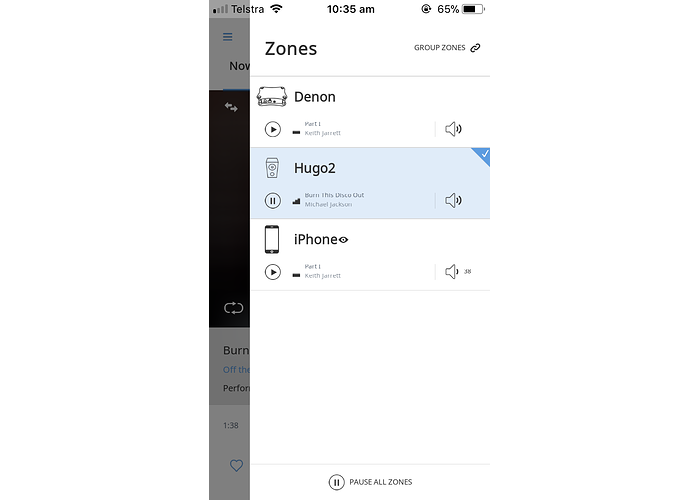
With the INNUOS ZEN SERVERN, there are now several exciting hardware alternatives for a Roon-based music network.

